OnePlus 8 Pro vs. Xiaomi Mi 10 Pro: Which should you buy?
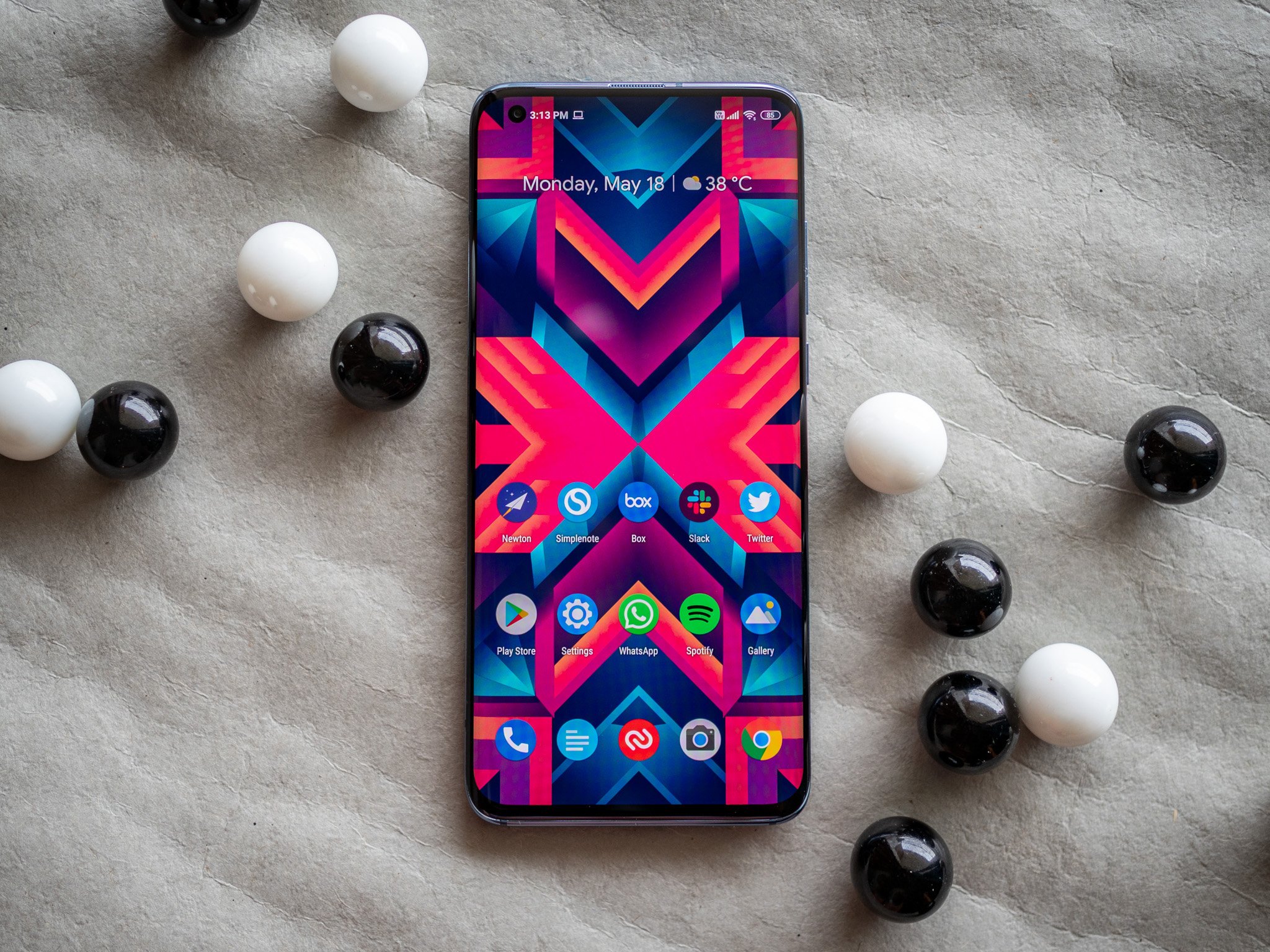
OnePlus 8 Pro
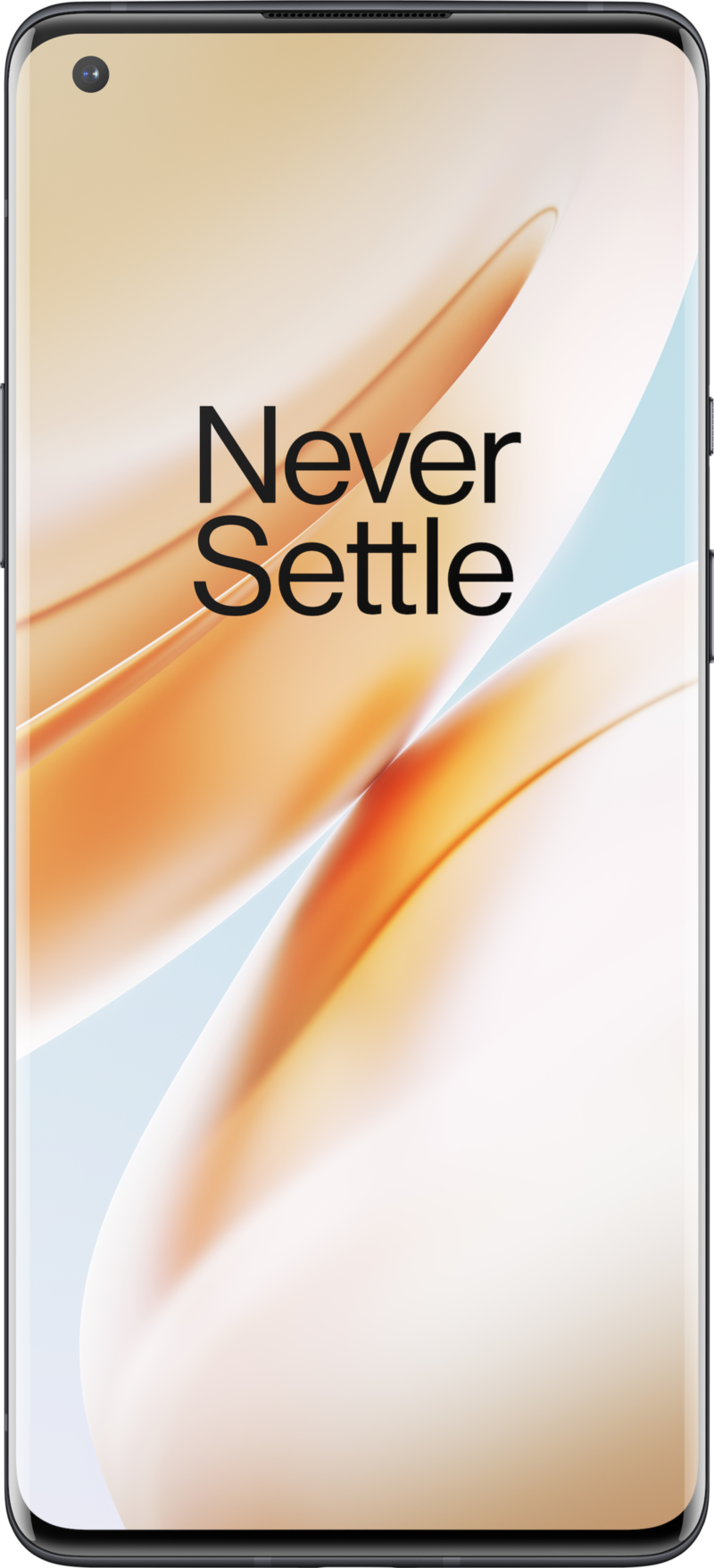
The OnePlus 8 Pro comes with a stunning 120Hz AMOLED display backed by the latest internals you can get today. There's also IP68 water resistance and 30W wireless charging, and you get a clean software without any bloatware in OxygenOS along with timely updates. Combine that with much better cameras and the OnePlus 8 Pro makes a great case for itself in the high-end category.
OnePlus 8 Pro
Fast like no other
Xiaomi Mi 10 Pro
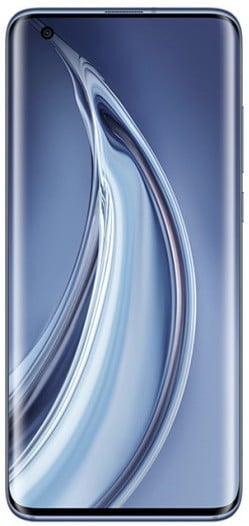
The Mi 10 Pro combines a 90Hz AMOLED panel with the latest internal hardware and 50W wired as well as 30W wireless charging. But the highlight is the 108MP camera at the back — the same as the S20 Ultra. There's also 8K video recording, and tweaks across the board in terms of camera tuning. MIUI still has its share of issues, but on the hardware front the Mi 10 Pro is a monster.
Xiaomi Mi 10 Pro
108MP goodness
OnePlus and Xiaomi have dominated the mid-tier value category in recent years, but both companies have slowly inched toward true flagship territory with their launches. That's particularly true with the 2020 flagships: the OnePlus 8 Pro retails for $899, with the Mi 10 Pro starting off at €999 in global markets. So what phone should you pick up if you're looking for a flagship in 2020? Let's take a look.
The OnePlus 8 Pro and Mi 10 Pro follow the same design aesthetic
Phone design has coalesced into a glass-and-metal aesthetic that every manufacturer seems to follow now. In fact, the only point of differentiation these days is the camera housing at the back. Cover that up and you would not be able to tell the OnePlus 8 Pro and Mi 10 Pro apart. Both devices sport dual curved screens at the front and symmetric curves at the back, rounded edges, ultra-thin bezels, and a hole-punch cutout for the front camera.
Cover up the cameras at the back and you wouldn't be able to tell these two phones apart.
In fact, the Mi 10 Pro has the same frosted glass texture at the back as last year's OnePlus 7 Pro (that has continued with the 8 Pro), and you even get the same matte finish. The variant I'm using is called Solstice Grey, but even the hue looks near-identical to the 7 Pro's Nebula Blue.
Of course, this isn't limited to just these two devices. Look at any high-end Android phone today and you'll find waterfall displays with extreme curves, thin bezels, and more camera modules than necessary. That's the direction the industry is taking, with usability taking a back seat to aesthetic.
You'll ideally want to use a case with both the OnePlus 8 Pro and Mi 10 Pro, and you get a decent selection of options in that area. Both devices have a layer of Gorilla Glass 5 at the front and back, and while my Mi 10 Pro came away unscathed after taking a tumble, it is a good idea to invest in a case.
Get the latest news from Android Central, your trusted companion in the world of Android
The OnePlus 8 Pro just gives you that little bit extra in terms of features
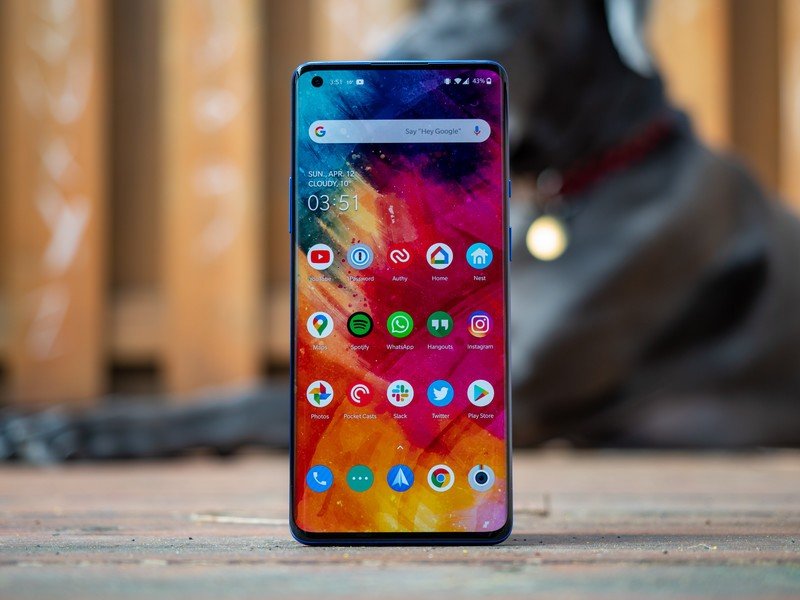
Coming to the display, the OnePlus 8 Pro has a 6.7-inch Fluid AMOLED display with a QHD+ (3168x1440) resolution and 120Hz refresh rate. The Mi 10 Pro, meanwhile, has a 6.67-inch AMOLED panel with an FHD+ resolution (2340x1080) and 90Hz refresh rate. Both phones offer HDR10+ and a bevy of customization options to tailor colors to your tastes, but OnePlus is in the lead both in terms of resolution and refresh rate.
The OnePlus 8 Pro has a 120Hz QHD+ display and IP68 water resistance.
The 120Hz refresh rate on the OnePlus 8 Pro is sublime, and is a delight to use. Xiaomi isn't far behind with the Mi 10 Pro, but it just misses out. There is a point to be made that an FHD+ display is more than adequate — and that it delivers better battery life — but I want the option of using a QHD+ panel in this category, and that's available on the OnePlus 8 Pro.
Having said that, the Mi 10 Pro is in the lead when it comes to onboard audio. Both phones have stereo speakers, but in the case of the OnePlus 8 Pro the secondary speaker is a tiny slit above the display. The Mi 10 Pro, however, has two of the same speaker located at the top and bottom of the phone, and you get incredible stereo sound. This is the loudest stereo configuration of any phone I've used, and it makes gaming and streaming content that much more enjoyable.
Both phones have similar features under the hood. The Snapdragon 865 chipset is standard across both phones, and you get 8GB of LPDDR5 RAM with the base variants, 5G connectivity, and UFS 3.0 storage. The Mi 10 Pro comes with 256GB of storage as standard, with the 8 Pro featuring 128GB on the base variant. But the Mi 10 Pro also costs more, so it evens itself out.
| Header Cell - Column 0 | OnePlus 8 Pro | Xiaomi Mi 10 Pro |
|---|---|---|
| Operating system | Android 10 OxygenOS 10 | Android 10 MIUI 11 |
| Display | 6.7-inch Fluid AMOLED 3168x1440 (19.8:9) HDR10+ 3D Gorilla Glass | 6.67-inch 90Hz AMOLED 2340x1080 (19.5:9) HDR10+ Gorilla Glass 5 |
| Chipset | Snapdragon 865 1 x 2.84GHz A77 3 x 2.42GHz A77 4 x 1.80GHz A55 7nm | Snapdragon 865 1 x 2.84GHz A77 3 x 2.42GHz A77 4 x 1.80GHz A55 7nm |
| RAM | 8GB/12GB LPDDR5 | 8GB/12GB LPDDR5 |
| Storage | 128GB/256GB UFS3.0 | 256GB/512GB UFS3.0 |
| MicroSD slot | No | No |
| Rear camera 1 | 48MP, f/1.78, 1.12um All-Pixel Omnidirectional PDAF OIS, 4K at 60fps | 108MP, f/1.7, 1/1.33-inch, 0.8um PDAF, OIS 8K at 30fps, 4K at 60fps |
| Rear camera 2 | 8MP, f/2.4 1.0um, OIS, telephoto 3x hybrid zoom | 8MP, f/2.0, 1.0um OIS, telephoto 10x hybrid zoom, 2x optical zoom |
| Rear camera 3 | 48MP, f/2.2 wide-angle, 119° FoV | 20MP, f/2.2, 1/2.8-inch, 1.0um wide-angle, 117° FoV |
| Rear camera 4 | 5MP Color Filter | 12MP, f/2.0, 1/2.55-inch, 1.4um Portrait lens |
| Front camera | 16MP, f/2.4 1080p video, fixed focus | 20MP, f/2.0 1080p video |
| Connectivity | 5G NSA, Sub-6 Wi-Fi 6 2x2 MIMO Bluetooth 5.1, NFC AptX HD, A-GPS | 5G NSA, Sub-6 Wi-Fi 6 2x2 MIMO Bluetooth 5.1, NFC LHDC, A-GPS |
| 5G Bands | Sub6: n1/n3/n7/n28/n78 | Sub6: n1/n3/n7/n28/n77/n78 |
| Audio | USB-C Stereo speakers | USB-C Stereo speakers |
| Battery | 4510mAh Non-removable | 4500mAh Non-removable |
| Charging | USB-C 3.1 Warp Charge 30T (5V/6A) Warp Charge 30 Wireless (20V/1.5A) | USB-C 2.0 50W wired charging 30W wireless charging 5W reverse wireless charging |
| Water resistance | IP68 | No |
| Security | In-display fingerprint (optical) | In-display fingerprint (optical) |
| Dimensions | 165.3 x 74.3 x 8.5mm 199g | 162.5 x 74.8 x 8.9mm 208g |
| Colors | Onyx Black, Glacial Green, Ultramarine Blue | Alpine White, Solstice Grey |
The rest of the hardware is similarly great: there's Wi-Fi 6, Bluetooth 5.1, NFC, and wireless charging. Both phones offer 30W wireless charging, with the Mi 10 Pro also going up to 50W for wired charging. Xiaomi bundles a 65W PD/PPS charger in the box that can be used for charging other accessories as well. The OnePlus 8 Pro, meanwhile, has 30W wired charging.
A notable omission on the Mi 10 Pro is water resistance. Xiaomi hasn't really offered the feature on any of its devices to date, and the Mi 10 Pro also misses out. When you're paying over $1,000 for a phone, you don't want to compromise on any single feature, and the lack of water resistance is a downside on the Mi 10 Pro. You get IP68 dust and water resistance on the OnePlus 8 Pro.
The 108MP camera is the standout feature on the Mi 10 Pro

The differentiator on the Mi 10 Pro is the 108MP camera at the back. Xiaomi was the first to roll out the camera module on last year's Mi Note 10, and on the Mi 10 Pro the 108MP sensor is joined by an 8MP zoom lens, 12MP portrait lens that offers 2x optical zoom, and a 20MP wide-angle lens.
The 108MP camera takes outstanding photos in any lighting condition.
Xiaomi is using the same 108MP module that you get on the Galaxy S20 Ultra, and as you'd imagine it takes fantastic photos. You get plenty to detail and true-to-life colors, with excellent dynamic range and little to no noise. Photos are binned to 25MP by default, but you can also take full 108MP shots.
The Mi 10 Pro's zoom lens also does a great job, producing shots with lots of detail even at 5x zoom levels. The wide-angle lens isn't as good, however, and you get washed-out colors and underexposed shots. Same goes for the macro mode: the wide-angle lens doubles up as a macro shooter, and it's just not worth the effort.
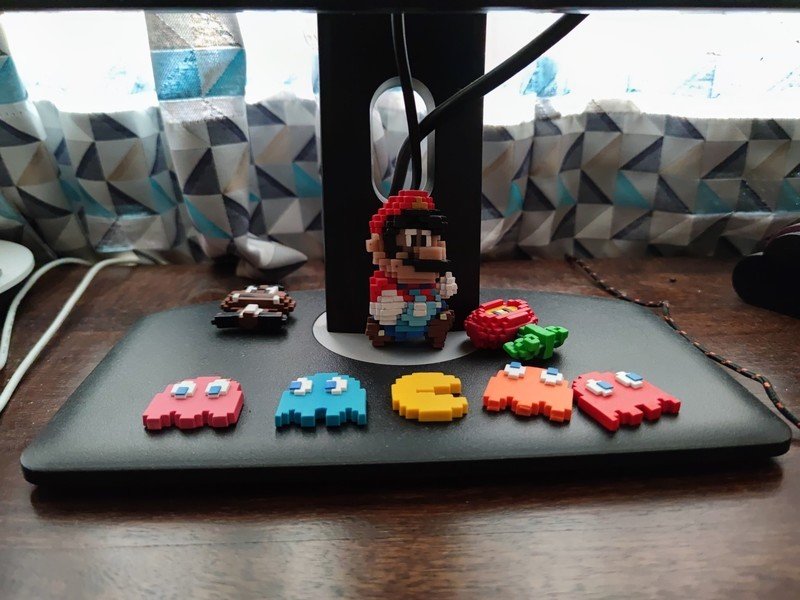
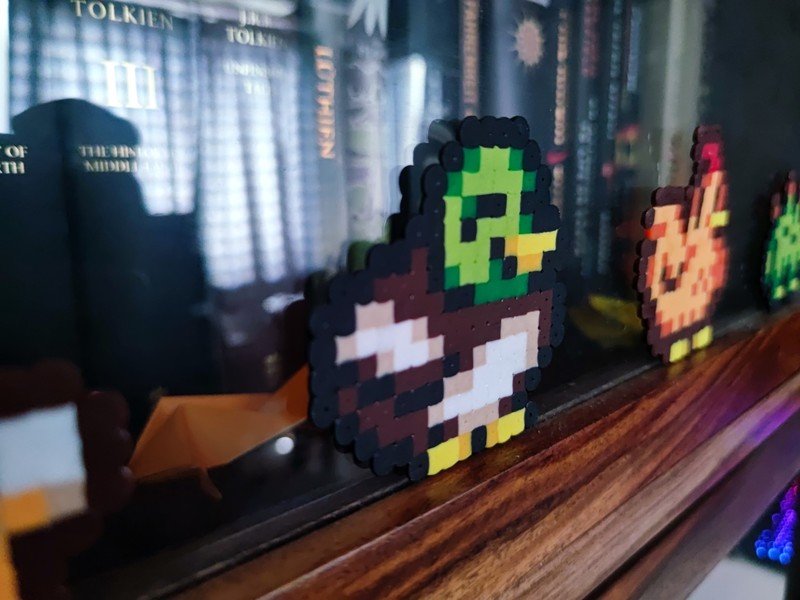
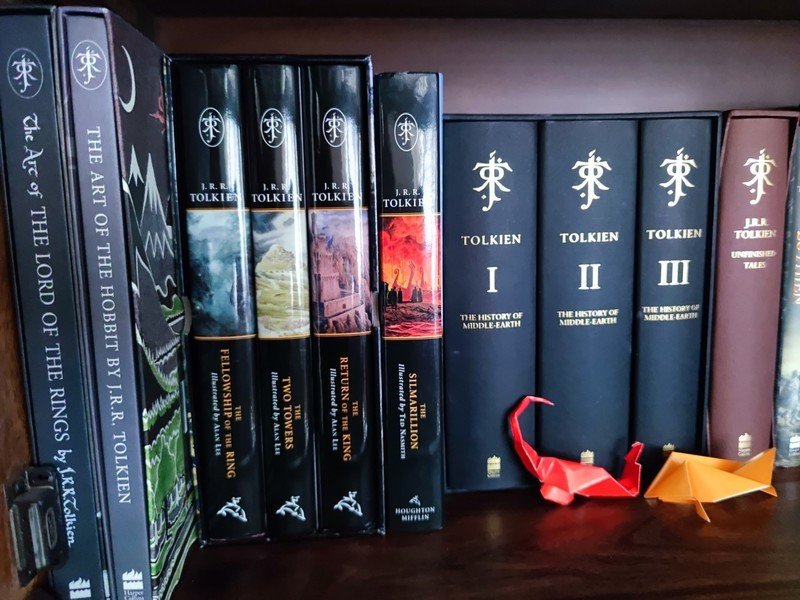



The Mi 10 Pro also does a great job in low-light conditions, but the camera takes a while to focus on the subject. Now, the OnePlus 8 Pro is no slouch here, with its 48MP primary camera taking great photos in most lighting conditions. But it isn't quite on the same level as the Mi 10 Pro.
I'll update the post with side-by-shots taken from the Mi 10 Pro and OnePlus 8 Pro to give you a better idea, but for now what you need to know is that the Mi 10 Pro is in the lead in this area.
When it comes to software, OxygenOS is king
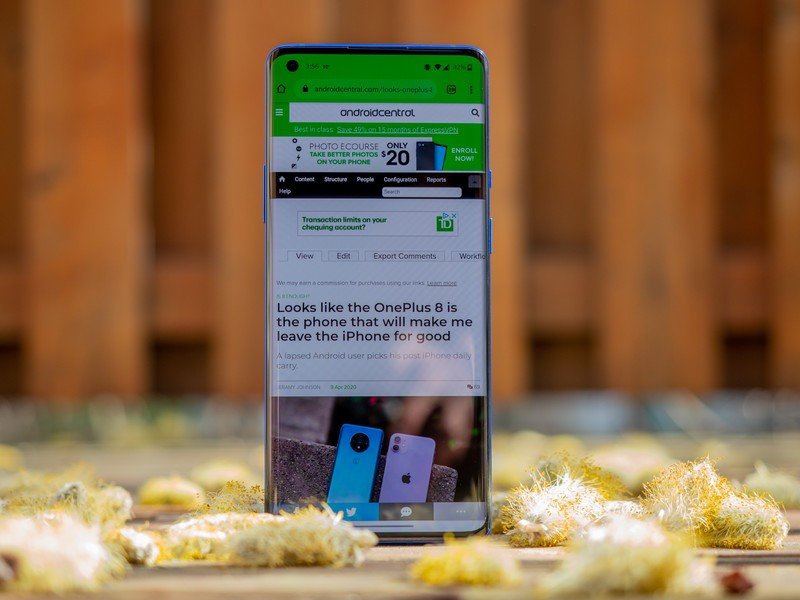
OnePlus has a distinct edge on the software front with OxygenOS. A combination of clean software along with regular updates and a wealth of customization options have made OxygenOS stand out, and it continues to be the best third-party skin on Android.
MIUI 11 is still lacking in several areas — OxygenOS is the outright winner here.
Xiaomi introduced a lot of welcome changes in MIUI 12, but the Mi 10 Pro is running MIUI 11 based on Android 10 and it will be a few months before the latest update is available to the phone. MIUI 11 still has its share of quirks, and the interface itself has a learning curve.
There's no app drawer either in MIUI 11, so you will have to install a launcher. Because the Mi 10 Pro is catered to the high-end segment, you won't find any ads, but you still get a lot of bloatware out of the box. Most of it can be uninstalled, but features like ShareMe and MIUI's built-in feedback tool cannot be disabled.
But the most egregious issue is that MIUI 11 still doesn't handle push notifications well. This has been a persistent issue on MIUI for several years, and on the Mi 10 Pro I don't get any push notifications from Newton Mail or Slack. The Fitbit app also has sync issues, and the experience is just not worthy of a phone that costs over $1,000.
With MIUI increasingly seeing usage outside of China, Xiaomi should take a look at what OnePlus has done with OxygenOS and emulate a similar strategy for MIUI.
The OnePlus 8 Pro is the obvious choice here
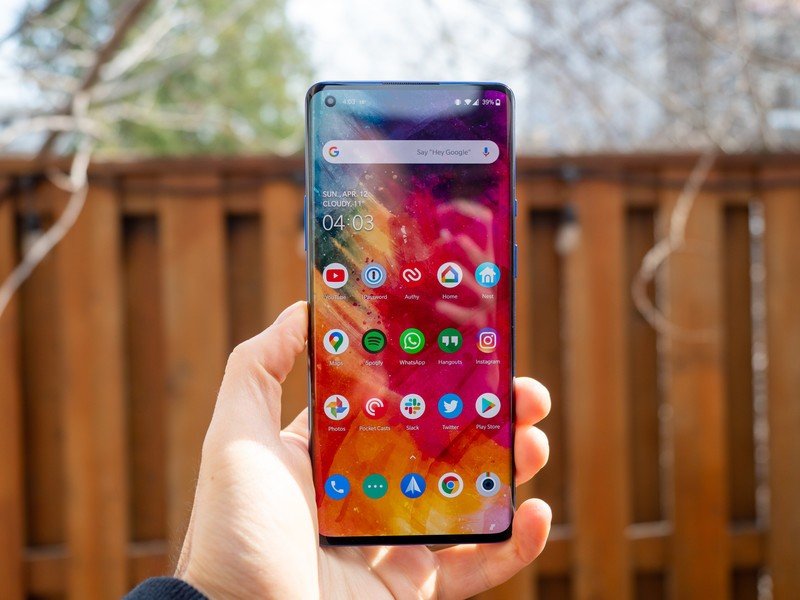
The Mi 10 Pro is one of the most interesting phones Xiaomi has launched to date, and the 108MP camera is second only to the Pixel 4 and the P40 Pro. It also comes with 8GB of RAM and 256GB of UFS 3.0 storage out of the box, and you get the latest internal hardware along with 5G connectivity.
The OnePlus 8 Pro wins out solely on the basis of clean software and regular updates.
Having said all that, the €999 ($1,090) asking price puts it squarely against the likes of the Galaxy S20 series and the OnePlus 8 Pro. And when you factor in the software foibles with MIUI 11, the Mi 10 Pro becomes a hard sell. Yes, the camera is fantastic and the design is near-identical to the OnePlus 8 Pro, but you should not have to put up with quirky software on a $1,000 phone in 2020.
There's also the fact that the Mi 10 Pro isn't going on sale officially in the U.S. Xiaomi also has a poor track record when it comes to rolling out platform updates, and a few months after its debut the software still has glaring issues. Combine all of that and it's easy to see that the OnePlus 8 Pro is a much better option if you're looking for a high-end phone in 2020. Sure, the camera may not be quite as good as the Mi 10 Pro, but you get significantly better software and fast updates. The fact that you end up paying less for the OnePlus 8 Pro makes it the obvious choice.

The Android phone to beat
If you want a high-end phone packed with the latest features and a great camera, the OnePlus 8 Pro should be at the top of your list. It doesn't miss out on any features, you get a sublime 120Hz display, top-notch internals with 5G connectivity, fast wired and wireless charging, decent battery life, and the best software experience.

Truly great — but with one caveat
It is safe to say that the Mi 10 Pro is Xiaomi's most polished phone to date. You get a 90Hz panel, the latest internal hardware, and 30W wireless and 50W wired charging. The camera is the star of the show here, with the 108MP shooter setting the phone apart. That said, MIUI continues to be full of issues, and the software needs much more refinement for a phone in this segment.

Harish Jonnalagadda is Android Central's Senior Editor overseeing mobile coverage. In his current role, he leads the site's coverage of Chinese phone brands, networking products, and AV gear. He has been testing phones for over a decade, and has extensive experience in mobile hardware and the global semiconductor industry. Contact him on Twitter at @chunkynerd.
